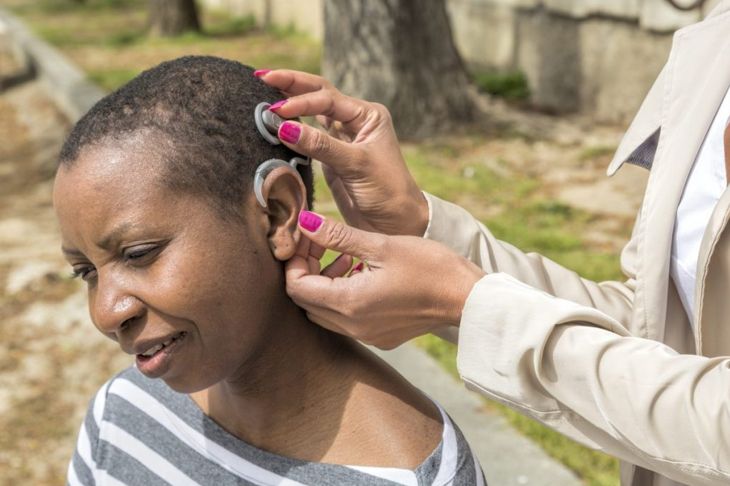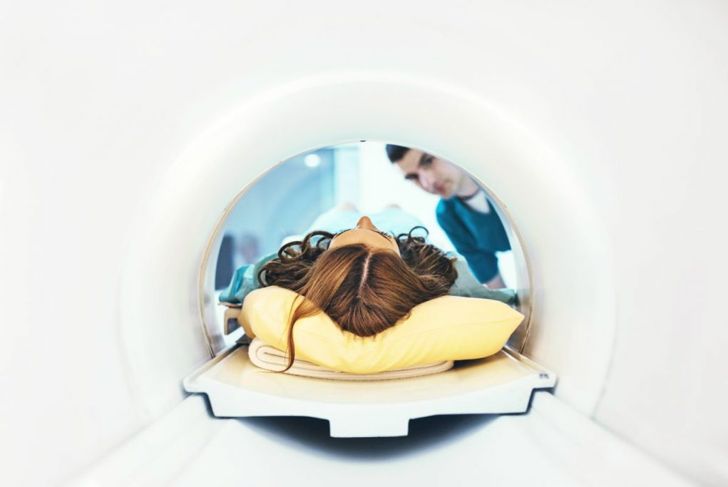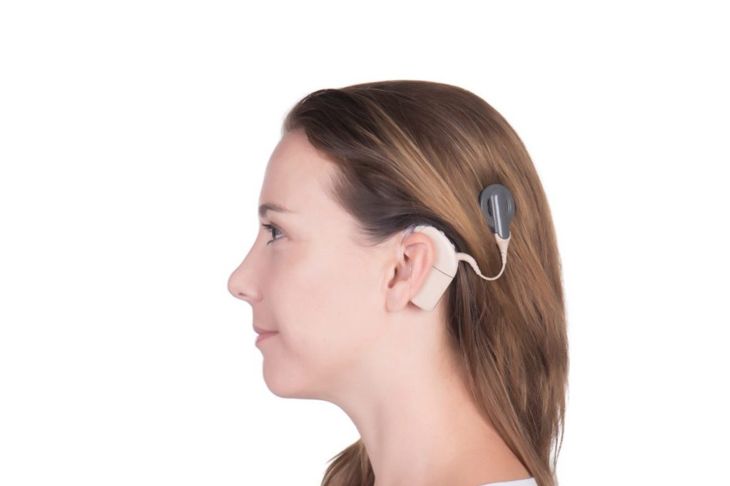Cochlear implants are small devices that can recreate sound for people will hearing impairments. The implement was first invented in 1957 by Charles Eyriès and André Djourno; William House developed his own version in 1961. These early devices were single-channel and of limited use. In the 1970s, NASA engineer Adam Kissiah developed what would become the modern cochlear implant. This multi-channel version was significantly more effective and led the way for additional breakthroughs. In 1984, the FDA approved cochlear implants for adults over 18 years of age. By 1989, two-year-olds could receive an implant. In 2000, one type was approved for children as young as one.
How Does a Cochlear Implant Work?
A cochlear implant consists of a microphone, speech processor, transmitter, receiver, and electrodes and is very different from a hearing aid. Cochlear implants produce representations of sounds that can help a deaf person understand speech. Hearing aids amplify, which cochlear implants stimulate the auditory nerve, bypassing the damaged areas and allowing the brain to interpret sound.
What Can an Implant Improve?
After a cochlear implant, most people can detect a range of sounds. Many understand speech without lip-reading. Some people can make standard telephone calls, understanding and recognizing voices on the other end of the line. Many people find listening to the radio is difficult, but the combination of enhanced sound and visual cues often improves television viewing. In some cases, a cochlear implant improves the individual’s hearing enough that he or she can listen to music.
Who Is Eligible?
Deaf adults and children, or those who experience severe hearing loss, may be eligible for cochlear implants, particularly if a hearing aid does not improve their heading ability. To be considered eligible, one’s hearing loss has to impact spoken communication significantly. Because a lot of rehabilitation is required after the surgery to place the implant, recipients must be willing to put in the work. It is also important to ensure the individual maintains realistic expectations of the changes they can expect.
Before Surgery
Eligibility is usually determined by an otolaryngologist, a doctor who specialized in the ears, nose, and throat. Physical examination of the ears rules out any physical abnormalities or infections. The doctor may then test hearing aids to ensure this isn’t a viable alternative for the patient and perform hearing tests. MRI and CT scans help the surgeon determine which ear to implant. The patient must also undergo a psychological evaluation prior to surgery; coping with an implant can be challenging.
During Surgery
Cochlear implant surgery lasts between two and four hours. It is done under general anesthesi, which means the patient is unconscious. The surgery is complex. The surgeon opens the mastoid bone behind the ear, then the cochlea, which is where the electrodes are implanted. A receiver is secured to the skull behind the ear, underneath the skin.
After Surgery
After waking up from anesthesia, the patient may feel some pressure in the area of the implant. A sore throat, nausea, and some confusion after anesthesia are normal. Bandages will cover the implant site. Patients can usually go home the day after surgery. A doctor will explain how to care for the stitches around the implant site, and how to watch for infection. About a week later, the patient will follow up and have the stitches removed.
Activation
Three to six weeks after surgery, the doctor will activate the cochlear implant. The interim gives the area a chance to heal and allows swelling to resolve. External components, including the speech processor and microphone, are added. The patient may have to return several times for adjustments and fine-tuning. Someone with a cochlear implant may have to work with a speech pathologist or audiologist for several months. The learning process is slow but gets easier in time.
Adults vs. Children
Adults typically benefit quickly and improve rapidly for the first three months. After that, improvements still occur but at a much slower pace and over several years. Children who receive a cochlear implant followed by intensive speech therapy before 18 months of age have much better results than children who receive their implants later in life. Some may develop language at the same rate as their peers with normal hearing. Older children experience improvement more slowly and may not reach the same performance level.
Surgical Risks
There are risks to cochlear implant surgery, including facial paralysis, meningitis, cerebrospinal fluid leaks, and perilymph fluid leaks in the inner ear. Infection of the insertion site is also possible. People with cochlear implants may experience dizziness, tinnitus, taste disturbances, or numbness around the ear. If the body rejects the implant, local inflammation or reparative granuloma may occur.
Other Risks
There are also risks to living with a cochlear implant. The individual may lose any residual hearing in the implanted ear. The person may not be able to understand language well, which affects the ultimate success of the surgery. People with cochlear implants may not be eligible for MRIs, neurostimulation, or certain radiation therapies. Implants are easily damaged through contact sports, falls, or automobile accidents, and the external parts cannot get wet. Implants can also fail. Success varies greatly from one person to another.

 Home
Home Health
Health Diet & Nutrition
Diet & Nutrition Living Well
Living Well More
More




















